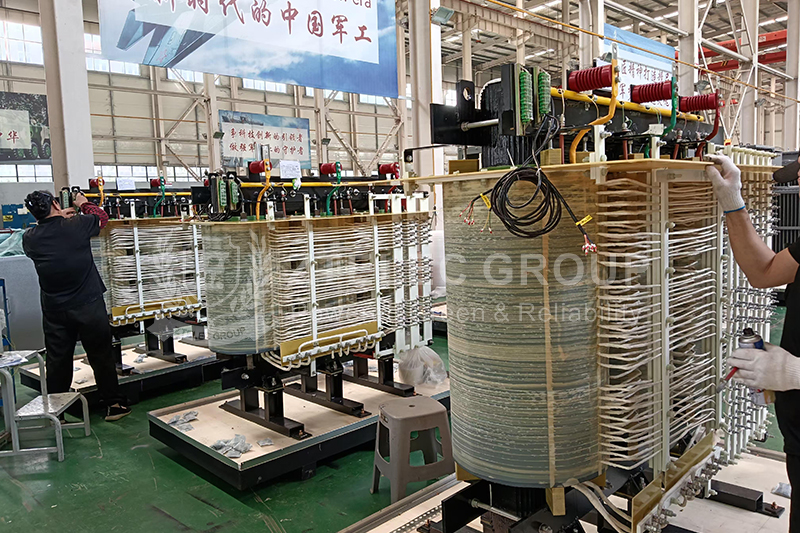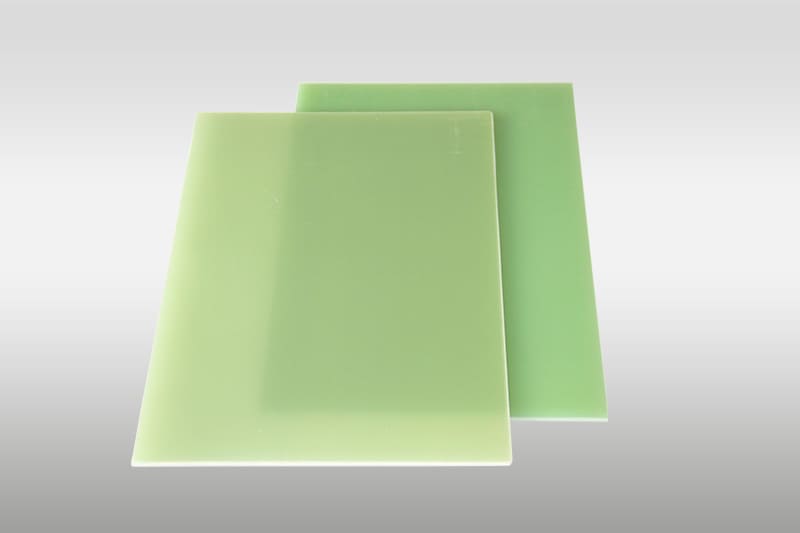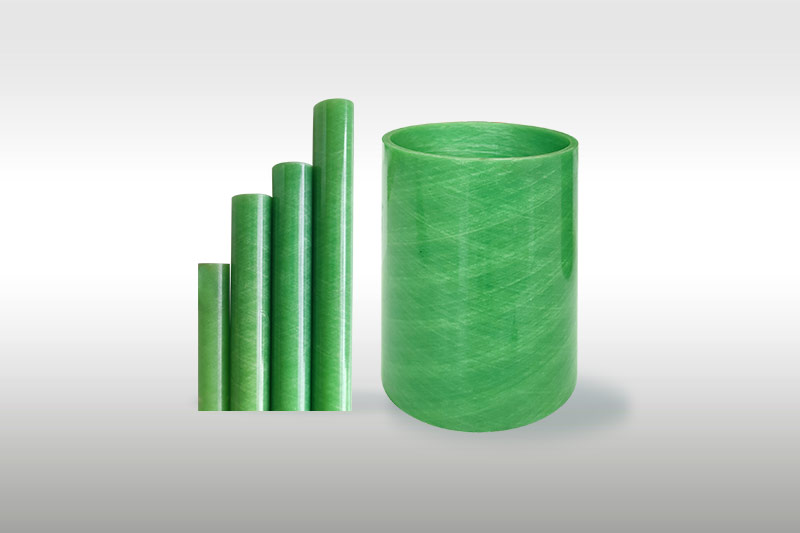The Impact of NHN and AHA Insulation Paper on Electrical Equipment Safety
The selection of insulation materials is crucial for the safe operation of electrical equipment. NHN and AHA insulation papers, with their excellent heat resistance, high dielectric strength, good mechanical properties, stable chemical characteristics, and outstanding flame retardancy, significantly enhance the safety level and operational reliability of electrical equipment.
The Impact of NHN and AHA Insulation Paper on Electrical Equipment Safety
The safety advantage of NHN and AHA insulation papers stems from the precise matching of their core properties with various operational risks of electrical equipment. These materials effectively address insulation failure in various operating conditions, including high temperature, high pressure, mechanical stress, harsh environments, and fire hazards, thereby establishing a comprehensive safety protection system.
1. Heat Resistance (The Most Critical Property)
Heat is the primary cause of insulation aging and failure. NHN and AHA insulation papers achieve Class C (220°C) long-term heat resistance and can operate stably in environments above 180°C.
• This facilitates the design of more compact motors and transformers with higher power density, preventing insulation burnout due to insufficient heat dissipation.
• They can withstand thermal shock caused by short-term overloads or short circuits, increasing troubleshooting time and reducing the risk of fire or short circuits.
• Based on the "10-degree rule," their service life is several times longer than that of Class B (130°C) and Class F (155°C) insulation materials at the same temperature.
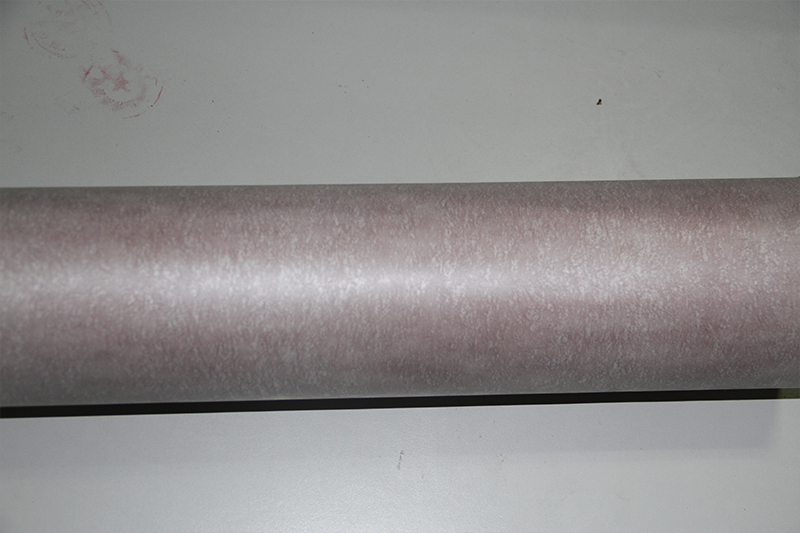
NHN
2. Dielectric Strength
This material possesses high dielectric strength (high breakdown voltage), effectively resisting transient high-voltage surges:
• Absorbs switching overvoltage and lightning surge energy, preventing insulation breakdown and ensuring stable operation of equipment in harsh power grid environments;
• At the same voltage level, it allows for thinner insulation paper thickness or smaller electrical clearances, contributing to device miniaturization and reducing the risk of combined insulation and heat dissipation failure.
3. Mechanical Strength and Toughness
The aramid fiber layer imparts high tensile strength and tear resistance to the material, making it less susceptible to breakage due to folding or vibration:
• Maintains insulation integrity during motor manufacturing and operation, preventing inter-turn or ground shorts;
• Suitable for automated winding processes, reducing insulation damage caused by manual operation.
4. Chemical Stability and Environmental Resistance
This material is insensitive to chemicals, oils, and humidity, and is not susceptible to aging or hydrolysis.
• Suitable for electrical equipment in complex environments such as mining and petrochemicals, protecting insulation from moisture and corrosion.
• Stable performance throughout the equipment's lifecycle (typically 5–15 years), reducing the likelihood of mid-life failures.
5. Flame Retardancy and Self-Extinguishing Properties
Fire is one of the most serious safety hazards associated with electrical equipment. NHN and AHA insulation papers offer excellent flame retardancy, preventing fire risk and preventing its spread.
• Meta-aramid fiber is inherently flame retardant. It does not melt or drip when exposed to fire, but only carbonizes and self-extinguishes upon removal from the flames.
• In the event of a fire inside the equipment, it does not support combustion, preventing the spread of fire, buying time for extinguishing the fire and significantly reducing the risk of fire.
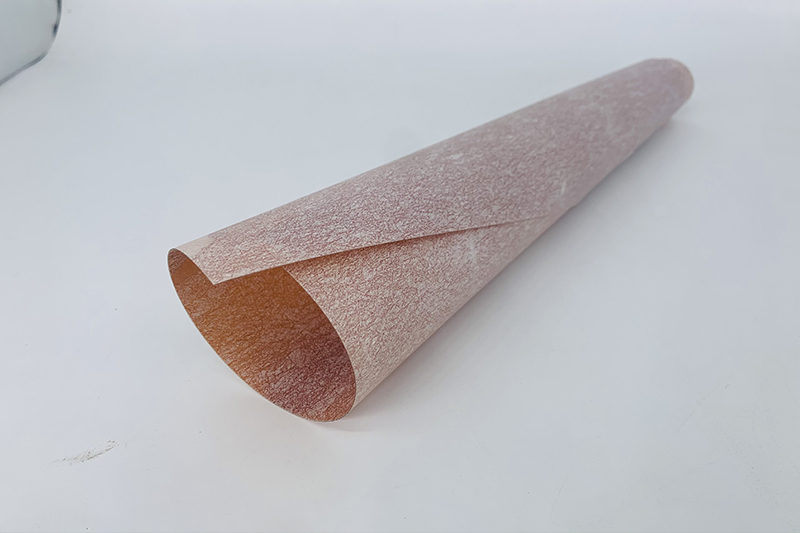
AHA
Applications of NHN and AHA Insulation Paper
Based on these properties, NHN and AHA insulation papers are widely used in applications requiring high safety standards:
New energy vehicles: Drive motors, onboard chargers (OBCs), etc., requiring resistance to high and low temperatures and vibration;
Rail transit: Traction motors and transformers, requiring tolerance to temperature fluctuations and high-load operation;
Industrial high-voltage equipment: High-voltage motors in the mining and petrochemical industries, such as those requiring resistance to moisture and chemical corrosion;
Dry-type transformers: Used in underground or indoor substations, their flame retardancy meets stringent fire protection requirements.
The impact of NHN and AHA insulation paper on electrical equipment safety goes beyond improving a single performance feature. Rather, it systematically reduces the risk of insulation failure through a multi-dimensional protection system encompassing heat and aging resistance, high-voltage breakdown resistance, mechanical damage resistance, chemical corrosion resistance, and flame retardancy and fire resistance, from equipment design and manufacturing to operation and end of life. Their widespread application in safety-critical applications fully demonstrates their core value as a high-end insulation material—not only ensuring safe and stable equipment operation, but also driving the development of higher-power, smaller, and longer-lasting electrical equipment.
- more+releated article
- 2025-09-15Main Advantages and Application Value of Europ
- 2025-09-13Regular Inspection and Maintenance Guide for 6
- 2025-09-13Efficiency, Cooling Systems, and Protection Me
- 2025-09-12Selection Guide for Yellow Epoxy Resin FR4 in
- 2025-09-12Installation and Maintenance Guide for Europea
- 2025-09-10Where to Buy Epoxy FR4 Yellow Transformer Insu
- 2025-09-09Best Oil Type Transformer Solutions for the In
- 2025-09-09Epoxy FR4 Yellow Laminate vs Pressboard: Choos
- 2025-09-08Oil Type Transformers: Price, Efficiency, and
- 2025-09-08Epoxy FR4 yellow board in power transformer

